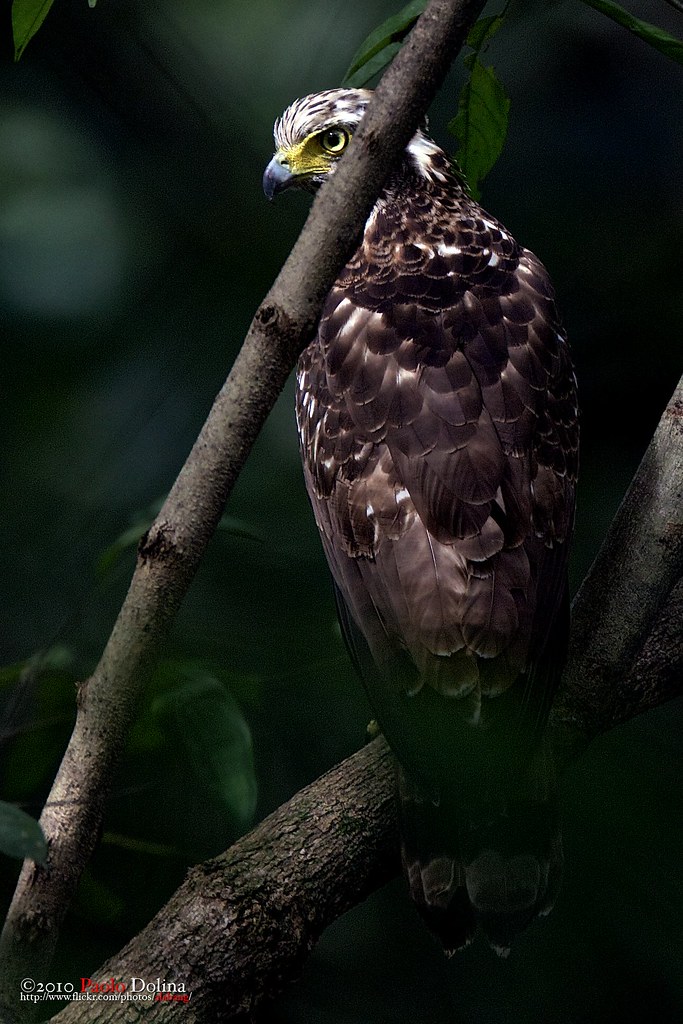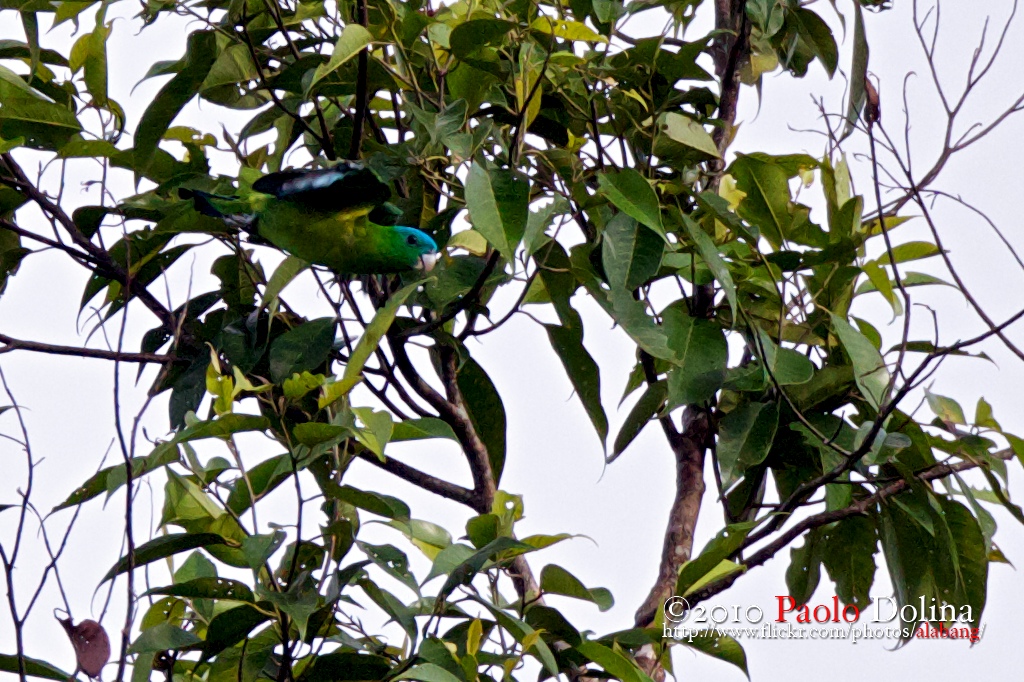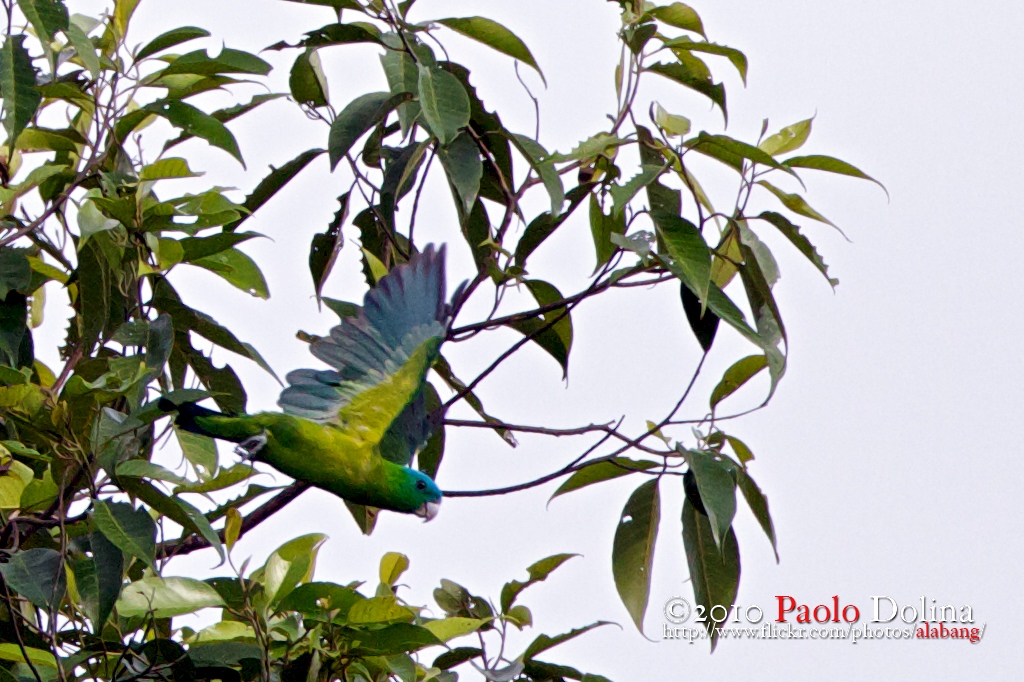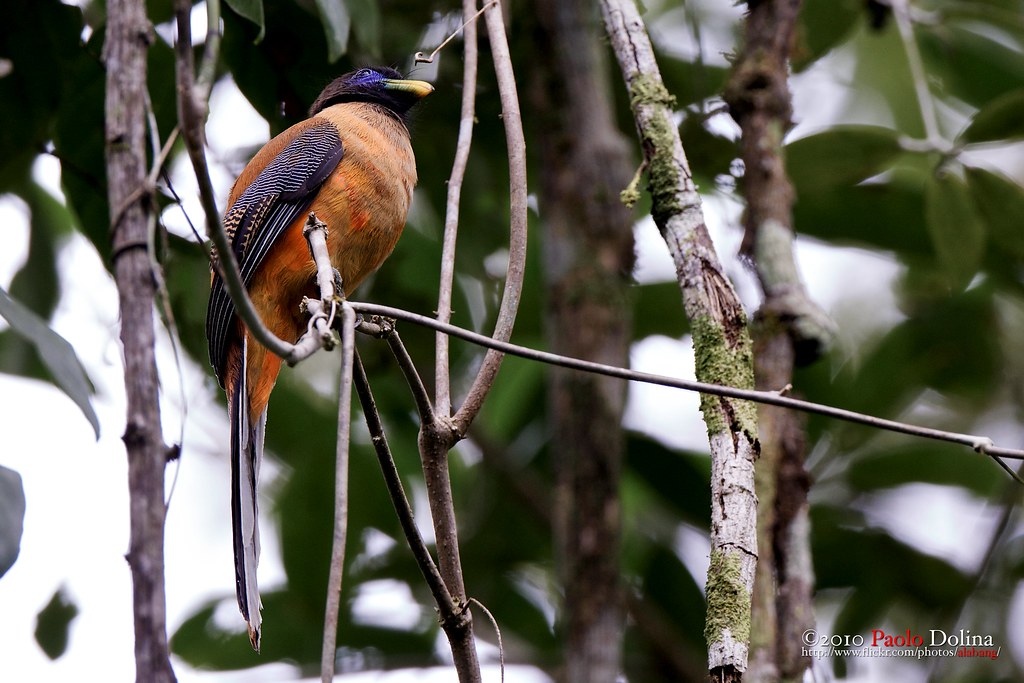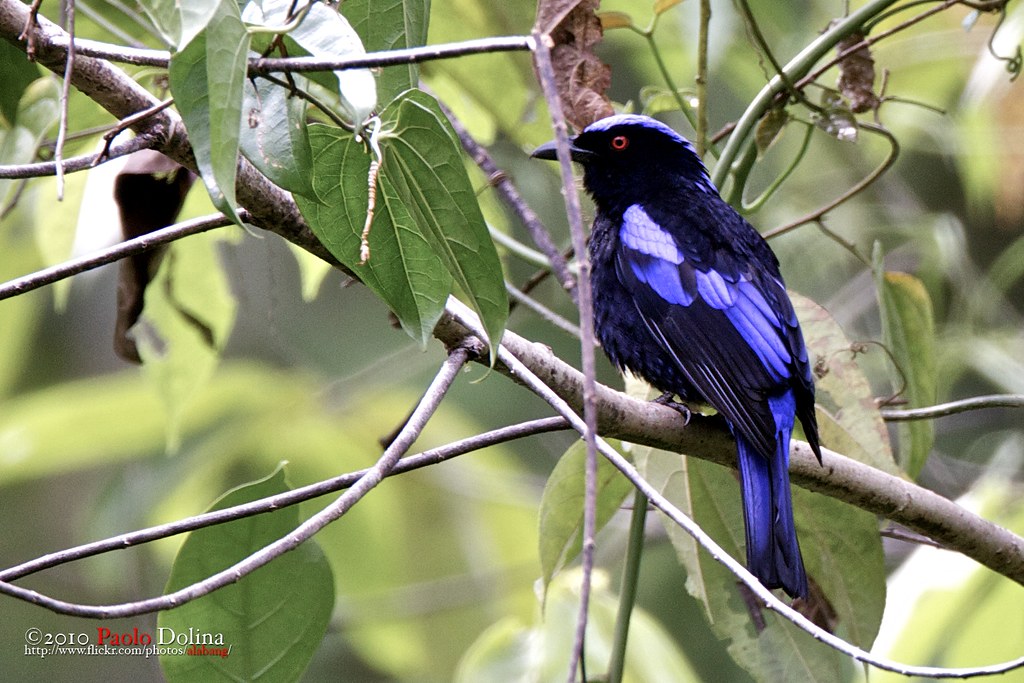evoWALO
Well-Known Member
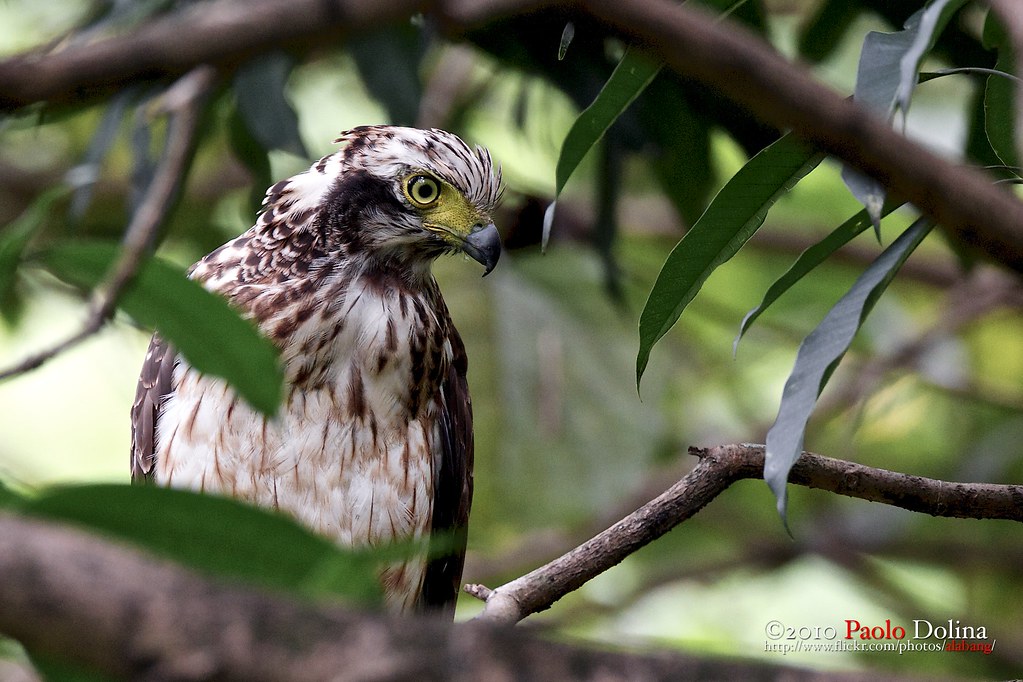
Crested Serpent Eagle (Spilornis cheela) by alabang, on Flickr
Camera Canon EOS-1D Mark IV
Exposure 0.008 sec (1/125)
Aperture f/6.3
Lens Canon EF 800mm f/5.6L IS USM
ISO Speed 1600
Support Gitzo GT5541LS + WH-200 Wimberley Head Version II
Location: UP Diliman
Crop 5.4MP out of 16MP
The Crested Serpent Eagle (Spilornis cheela) is a medium-sized bird of prey that is found in forested habitats across tropical Asia. Within its widespread range, there are considerable variations and some forms are treated as subspecies while others are considered full species and the systematics of the group is not resolved. Close relatives that are often treated as full species include the Philippine Serpent Eagle (S. holospila), Andaman Serpent-eagle (Spilornis elgini) and South Nicobar Serpent-eagle (Spilornis klossi). All members within the species complex have a large looking head with feathers on their head giving them a maned and crested appearance. The face is bare and yellow joining up with the ceres and powerful feet are unfeathered and heavily scaled. They forage over the forest canopy with their wings and tail showing broad white and black bars and often call with a piercing and familiar three or two-note call. They often feed on snakes, giving them their name and are placed along with the Circaetus snake-eagles in the subfamily Circaetinae.
Read more: http://en.wikipedia.org/wiki/Crested_Serpent-eagle

